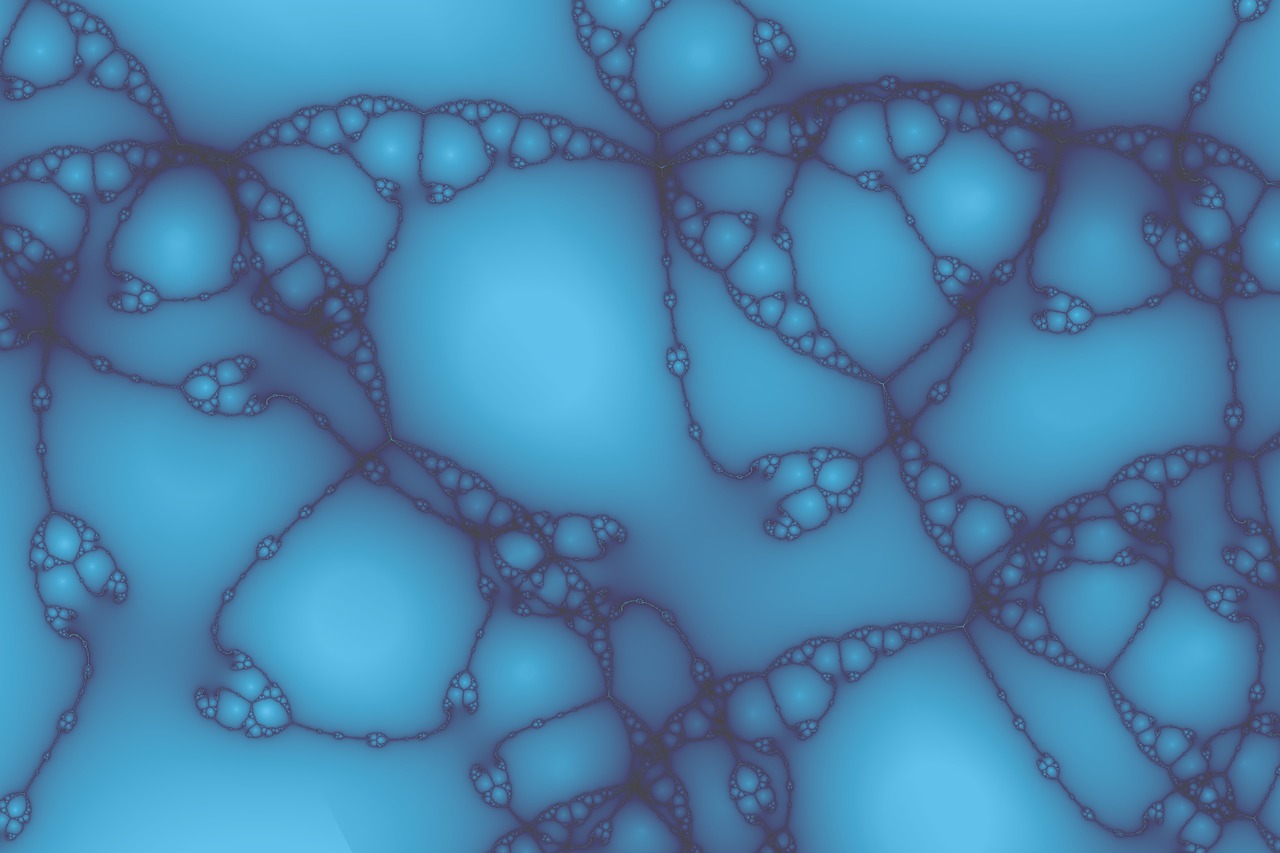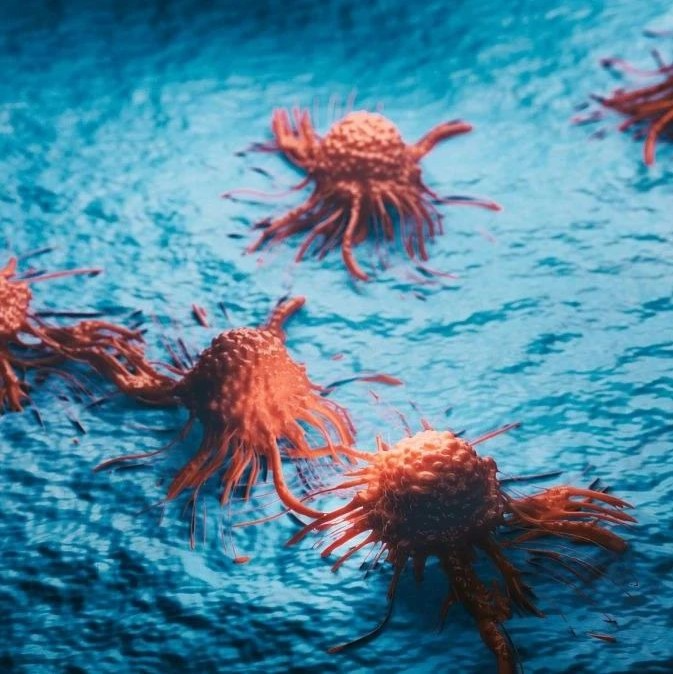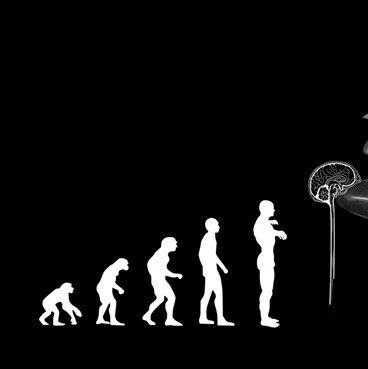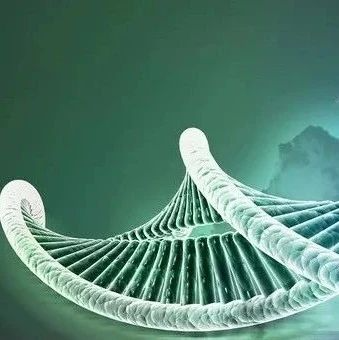
美科学家利用病毒治疗青春痘致病菌
瞧好了,痤疮们,很快就会有一个新型武器来对付你们了:一种生活在我们皮肤上的无害病毒能自然搜寻,并找到引发青春痘的细菌,杀死它们。
这项研究由加州大学洛杉矶分校(UCLA)和匹兹堡大学的科学家们完成,并公布在9月25日美国微生物学会出版的mBio杂志上。
文章作者,加州大学洛杉矶分校首席研究员,皮肤系主任Robert Modlin表示,“痤疮影响了数以百万计的人,但我们却缺乏既安全又有效的治疗方法”,“利用病毒捕食引发青春痘粉刺的细菌,为身体和心理受到影响的严重痤疮患者提供了一种值得期待的新型工具。”
研究人员聚焦于两种个头小小,名气却不小的微生物,一种称为Propionibacterium acnes(痤疮丙酸杆菌),存活于毛孔中,会引发痤疮;另一类称为P. acnes phages(痤疮丙酸杆菌噬菌体),生活在人类皮肤上的病毒家族。这种病毒对人体无害,但却能感染,并杀死痤疮丙酸杆菌。
当痤疮丙酸杆菌袭向免疫系统时,会引发皮肤肿胀,产生红疙瘩。最有效的治疗方法就是减少皮肤上的痤疮丙酸杆菌的数目。
“我们知道性激素,面部油脂和免疫系统参与了痤疮形成过程,然而大量的研究表明痤疮丙酸杆菌是其中的一种重要触发因子”,文章第一作者,Modlin实验室的博士后研究员Laura Marinelli解释道,“有时候,这些细菌会诱发炎症反应,有助于痤疮的发展。”
用病毒治疗青春痘致病菌
研究人员通过来自药店的清洁毛孔条,对痤疮患者和正常皮肤志愿者进行痤疮细菌和病毒的清除,获取样本。然后进行噬菌体基因组测序,结果发现了该病毒的多项特征,比如尺寸小,多样性有限和杀死宿主广泛性——这些特性都使其成为一种新型抗痤疮治疗的理想候选物。
“我们的发现有助于进一步了解痤疮及引发痤疮的细菌,”另外一位作者,匹兹堡大学生物技术教授Graham Hatfull说,“这种噬菌体遗传多样性的缺乏意味着可以采用基于病毒的策略,控制这种皮肤疾病。”
“噬菌体生来就是用以靶向并杀死特定的细菌,因此痤疮丙酸杆菌噬菌体只攻击痤疮丙酸杆菌,而不是其它细菌,如大肠杆菌”,Marinelli说,“这一特征表明,它们能用于有针对性的治疗。”
痤疮影响了近九成美国人,但科学家们却不清楚是什么原因引发了这种疾病,并且治疗方法也缺乏。皮肤科医生对抗痤疮的工具清单——例如过氧化苯甲酰,抗生素和维甲酸,在几十年来内也没有扩增。
“如四环素之类的抗生素被广泛使用,因此许多痤疮菌发展出了耐药性,一些药物如维甲酸,虽然有效的,但却会造成危险的副作用,被限制使用,”文章另外一位作者 Jenny Kim说,“痤疮极大妨碍了美观,损伤患者的的自尊,尤其是在青少年时期,我们能通过治疗改变患者的生活,是时候寻找一种安全治疗这种常见疾病的有效新方法了。”
该研究小组计划从痤疮丙酸杆菌噬菌体中提取出活性蛋白,并检验其是否能像整个病毒一样有效杀死痤疮。如果实验测试成功的话,研究人员将进行化合物的安全性和有效性检测,用以帮助痤疮患者。

 Propionibacterium acnes Bacteriophages Display Limited Genetic Diversity and Broad Killing Activity against Bacterial Skin Isolates
Propionibacterium acnes Bacteriophages Display Limited Genetic Diversity and Broad Killing Activity against Bacterial Skin Isolates
Laura J. Marinelli, Sorel Fitz-Gibbon, Clarmyra Hayes, Charles Bowman, Megan Inkeles, Anya Loncaric, Daniel A. Russell, Deborah Jacobs-Sera, Shawn Cokus, Matteo Pellegrini, Jenny Kim, Jeff F. Miller, Graham F. Hatfull, and Robert L. Modlin
Investigation of the human microbiome has revealed diverse and complex microbial communities at distinct anatomic sites. The microbiome of the human sebaceous follicle provides a tractable model in which to study its dominant bacterial inhabitant, Propionibacterium acnes, which is thought to contribute to the pathogenesis of the human disease acne. To explore the diversity of the bacteriophages that infect P. acnes, 11 P. acnes phages were isolated from the sebaceous follicles of donors with healthy skin or acne and their genomes were sequenced. Comparative genomic analysis of the P. acnes phage population, which spans a 30-year temporal period and a broad geographic range, reveals striking similarity in terms of genome length, percent GC content, nucleotide identity (>85%), and gene content. This was unexpected, given the far-ranging diversity observed in virtually all other phage populations. Although the P. acnes phages display a broad host range against clinical isolates of P. acnes, two bacterial isolates were resistant to many of these phages. Moreover, the patterns of phage resistance correlate closely with the presence of clustered regularly interspaced short palindromic repeat elements in the bacteria that target a specific subset of phages, conferring a system of prokaryotic innate immunity. The limited diversity of the P. acnes bacteriophages, which may relate to the unique evolutionary constraints imposed by the lipid-rich anaerobic environment in which their bacterial hosts reside, points to the potential utility of phage-based antimicrobial therapy for acne.







